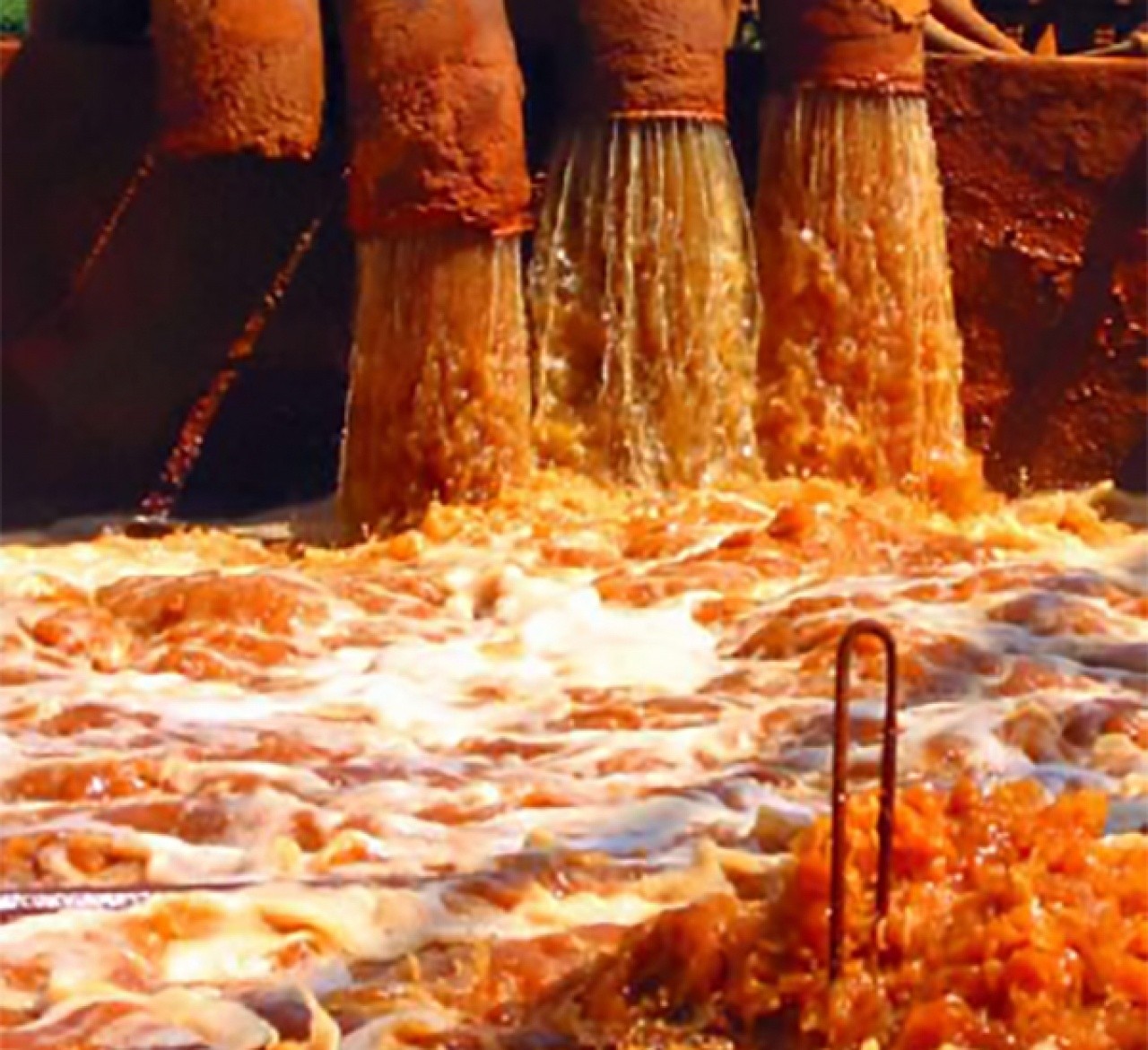Home » Course Layouts » Free Course Layout Udemy
Mine drainage refers to any surface water or groundwater that drains from an active or abandoned mining operation. Mine drainage can be high-quality similar to natural waters or contaminated by leftover materials. Polluted mine drainage can be extremely acidic and is often laden with high concentrations of toxic, heavy metals. In general, the more acidic the water, the more likely it is to be harmful to living organisms.
0
56
English
English [CC]
- Learn basic syntax that can apply to any language.
- Learn what is a programming language and the basic concepts for beginners.
- Understand what is Javascript in it's truest form.
- Know the basic syntax of Javascript.
- Know some hidden quirks in Javascript.
Description
Mine drainage forms from a chemical reaction between water and rocks containing sulfur-bearing minerals. The resulting waters become rich in sulfuric acid and dissolved iron. As the iron settles out of the water, it can form red, orange, or yellow sediments in the bottom of streams. The acidic runoff further dissolves heavy metals such as copper, lead, mercury into groundwater or surface water. The rate and degree by which acid-mine drainage proceeds can be increased by the action of certain bacteria.
THE CHEMISTRY OF MINE DRAINAGE
Because the chemistry of water samples can rapidly change if removed from the mine, many mine drainage measurements are made in the field. The first measurement typically looks at acidity, which is reported as pH. A neutral pH has a value of 7. Any sample that reads below a pH of 7 is characterized as being acidic. Anything greater than 7 is described as being basic. The more acidic the water is, the better it is at eroding mining slag, rocks, and other materials. The water then transports the contaminated mine materials to nearby rivers before eventually depositing the materials downstream. Some mine drainage has been seen to have pH in the 2.5-4 range. Another water-quality parameter that is useful for characterizing water quality of acid mine drainage is specific conductance. Conductance is a measurement of the electrical conductivity in a water sample and is an indicator of what's dissolved in a liquid. It is also very inexpensive to measure, unlike testing for metals and other pollutants. Different substances will affect the conductance of water, allowing scientists to use changes in conductance as an indicator of changes of whatever is in the water - in this case, the number of contaminants coming from the mine.Course content
-
- Mine Drainage 01:00:00
- Basic Three-Dimensional Shapes 00:10:00
- Calculating the Volume of a Rectangular Sump with Examples 01:00:00
-
- Calculating the Volume of a Cylinder with Examples 01:00:00
- Calculating the Volume of a Triangle with Examples 01:00:00
- Calculating the Volume of a Sphere 01:00:00
- Pump Characteristic Curves 00:10:00
- Brake Horsepower 01:30:00
- Horsepower 03:30:00
- Cost to Pump Water – Electric 00:10:00
- Horsepower 00:20:00
- Purpose of the Standards Around the World FREE 00:30:00
- British Standards FREE 02:00:00
- European Standards FREE 02:00:00
N.A
- 5 stars0
- 4 stars0
- 3 stars0
- 2 stars0
- 1 stars0
No Reviews found for this course.
Instructor
OpenCoursa
Accessible Education for Everyone
5
5
6
24220
4637
We are an educational and skills marketplace to accommodate the needs of skills enhancement and free equal education across the globe to the millions. We are bringing courses and trainings every single day for our users. We welcome everyone woth all ages, all background to learn. There is so much available to learn and deliver to the people.
Explore Free Courses
Access valuable knowledge without any cost.
{"title":"","show_title":"0","post_type":"course","taxonomy":"course-cat","term":"engineering-skills,health-and-safety","post_ids":"","course_style":"free","featured_style":"course6","masonry":"","grid_columns":"clear4 col-md-3","column_width":"268","gutter":"30","grid_number":"4","infinite":"","pagination":"","grid_excerpt_length":"20","grid_link":"1","grid_search":"0","course_type":"","css_class":"","container_css":"","custom_css":""}












